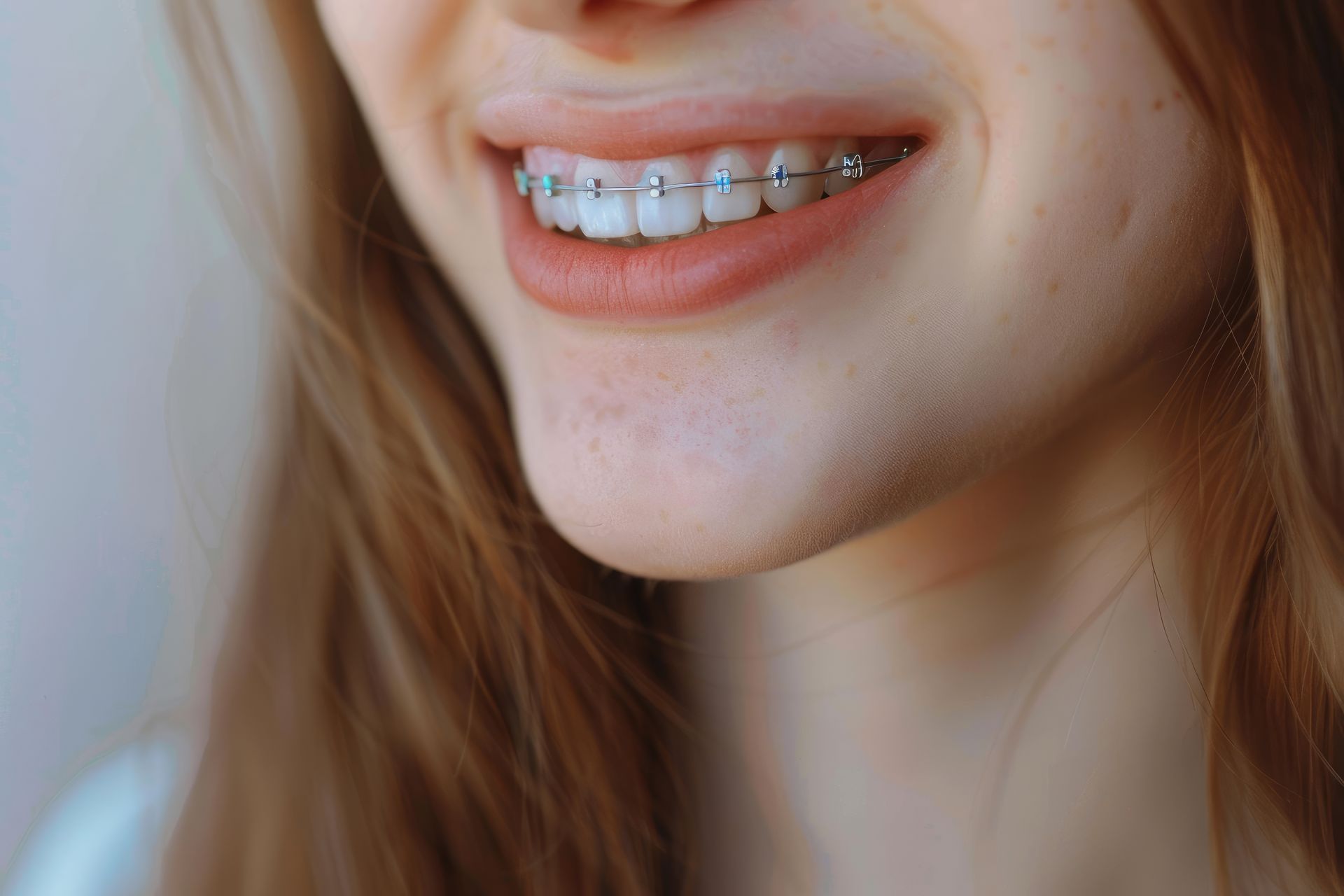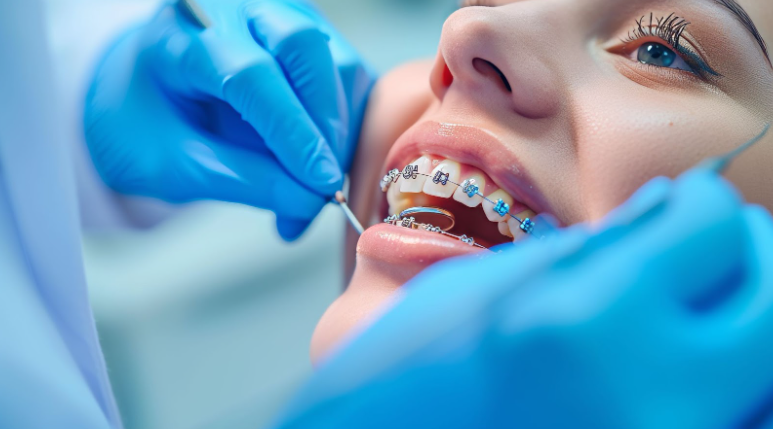The Impact of Minimal Orthodontic Interventions
Orthodontics plays a crucial role in enhancing dental health and aesthetics, offering solutions that range from minor adjustments to comprehensive realignments. As a specialized branch of dentistry, it focuses on diagnosing, preventing, and correcting misaligned teeth and jaws, thereby improving not only appearance but also oral functionality. The impact of even minimal orthodontic interventions can be profound, leading to significant improvements in dental health and overall well-being.
Understanding the Basics of Orthodontic Treatments
Orthodontics is a specialized branch of dentistry focused on diagnosing, preventing, and correcting misaligned teeth and jaws. Its relevance in today's context is underscored by the increasing demand for aesthetic improvements and the health benefits associated with proper dental alignment. Historically, orthodontic practices date back to ancient civilizations, with archaeological findings revealing attempts to straighten teeth using rudimentary devices. The modern era of orthodontics began in the late 19th century with the development of more effective and standardized methods. According to the American Association of Orthodontists, approximately 4 million people in the United States are currently undergoing orthodontic treatment, highlighting the field's significant source.
Current Trends and Developments in Orthodontic Treatments
Recent advancements in orthodontics have transformed the field, making treatments more efficient and comfortable. The introduction of clear aligners, such as Invisalign, has revolutionized how orthodontic care is perceived, offering a nearly invisible alternative to traditional braces, and appealing particularly to adults and teens due to their discreet nature. Emerging technologies, like 3D printing and digital imaging, allow for highly personalized treatment plans, improving outcomes and reducing treatment times by enabling precise adjustments tailored to individual dental structures. These technologies also facilitate the creation of custom orthodontic appliances with greater accuracy and speed.
The integration of artificial intelligence and machine learning into treatment planning is enhancing diagnostic accuracy and predicting treatment outcomes more reliably. AI-driven software can analyze vast datasets to optimize tooth movement and treatment efficiency, further reducing the duration and enhancing the effectiveness of orthodontic interventions.
Key players in this space, such as Align Technology and 3M, continue to innovate, driving the industry forward. Align Technology, for example, continually updates its Invisalign system with new materials and design improvements that increase the comfort and strength of aligners. Meanwhile, 3M is investing in advanced bracket systems and adhesives that cater to specific patient needs, improving both comfort and aesthetics.
Cultural and Geographical Influences on Orthodontic Treatments
Cultural perceptions of orthodontic treatments vary significantly around the world. In the United States, orthodontics is often viewed as a rite of passage for teenagers, while in countries like Japan, the concept of "yaeba" or slightly crooked teeth is considered charming. Geographically, access to orthodontic care can differ, with urban areas like Omaha, Fremont, and Elkhorn, Nebraska, having more readily available services compared to rural regions. Local traditions and societal norms can influence the popularity and acceptance of orthodontic treatments in specific areas.
Controversies and Debates Surrounding Orthodontic Treatments
The field of orthodontics is not without its controversies. One major debate revolves around the timing of orthodontic intervention. Some experts advocate for early treatment to guide proper dental development, while others argue that waiting until all adult teeth have emerged is more beneficial. There are also discussions about the cost of orthodontic care and its accessibility, raising questions about healthcare equity. These debates have significant implications for treatment approaches and healthcare policy.
Expert Opinions and Insights on Orthodontic Treatments
Leading experts in orthodontics provide valuable insights into the field's future. Dr. Paul McAllister, a prominent orthodontist, emphasizes the importance of continued research and innovation to enhance patient experiences. Recent studies have shown that advancements in materials science are paving the way for more comfortable and effective braces. Experts predict that artificial intelligence will play a larger role in treatment planning, offering more precise and tailored solutions for patients.
Practical Applications and Case Studies of Orthodontic Treatments
Orthodontic treatments have a wide range of practical applications, from correcting bite issues to improving facial aesthetics. A notable case study involves a young patient from Omaha who underwent a comprehensive treatment plan involving both braces and Invisalign. The outcome was a significant improvement in dental alignment and self-confidence. Such cases highlight the transformative impact of orthodontic care and the importance of personalized treatment approaches.
Challenges and Opportunities in Orthodontic Treatments
Despite the advancements, orthodontics faces several challenges, including high treatment costs and the need for more trained professionals. These challenges also present opportunities for growth and innovation. The development of more affordable treatment options and the integration of tele-orthodontics could expand access to care. Exploring new materials and techniques will be crucial in overcoming existing barriers and enhancing patient satisfaction.
The Role of Minimal Interventions in Orthodontics
Minimal orthodontic interventions can have a significant impact on patients' oral health and confidence. These interventions often involve subtle adjustments that prevent more severe dental issues in the future. By addressing minor misalignments early, orthodontists can help maintain proper oral function and aesthetics with less invasive methods. This approach not only enhances patient comfort but also reduces the overall treatment duration and costs, making orthodontic care more accessible to a broader population.
The Future of Orthodontic Treatments
The future of orthodontics looks promising, with potential breakthroughs on the horizon. Researchers are exploring the use of nanotechnology to create self-adjusting braces, which could drastically reduce treatment times. As the industry evolves, societal and economic impacts are anticipated, with more people accessing affordable and effective orthodontic solutions. The integration of digital technologies will continue to shape the field, making treatments more accessible and efficient for patients in Omaha, Fremont, Elkhorn, and beyond.
Orthodontics is a rapidly evolving field that offers significant benefits through both comprehensive and minimal interventions. As technology advances and cultural perceptions shift, the accessibility and effectiveness of orthodontic treatments are expected to improve. By embracing innovation and addressing current challenges, the field can continue to enhance patient outcomes and broaden access to care. The subtle shifts facilitated by minimal interventions demonstrate the profound impact that orthodontics can have on individuals' health and confidence.
For expert orthodontic care and personalized treatment plans, contact us today.
McAllister Orthodontics is committed to providing exceptional service and achieving the best outcomes for our patients.












